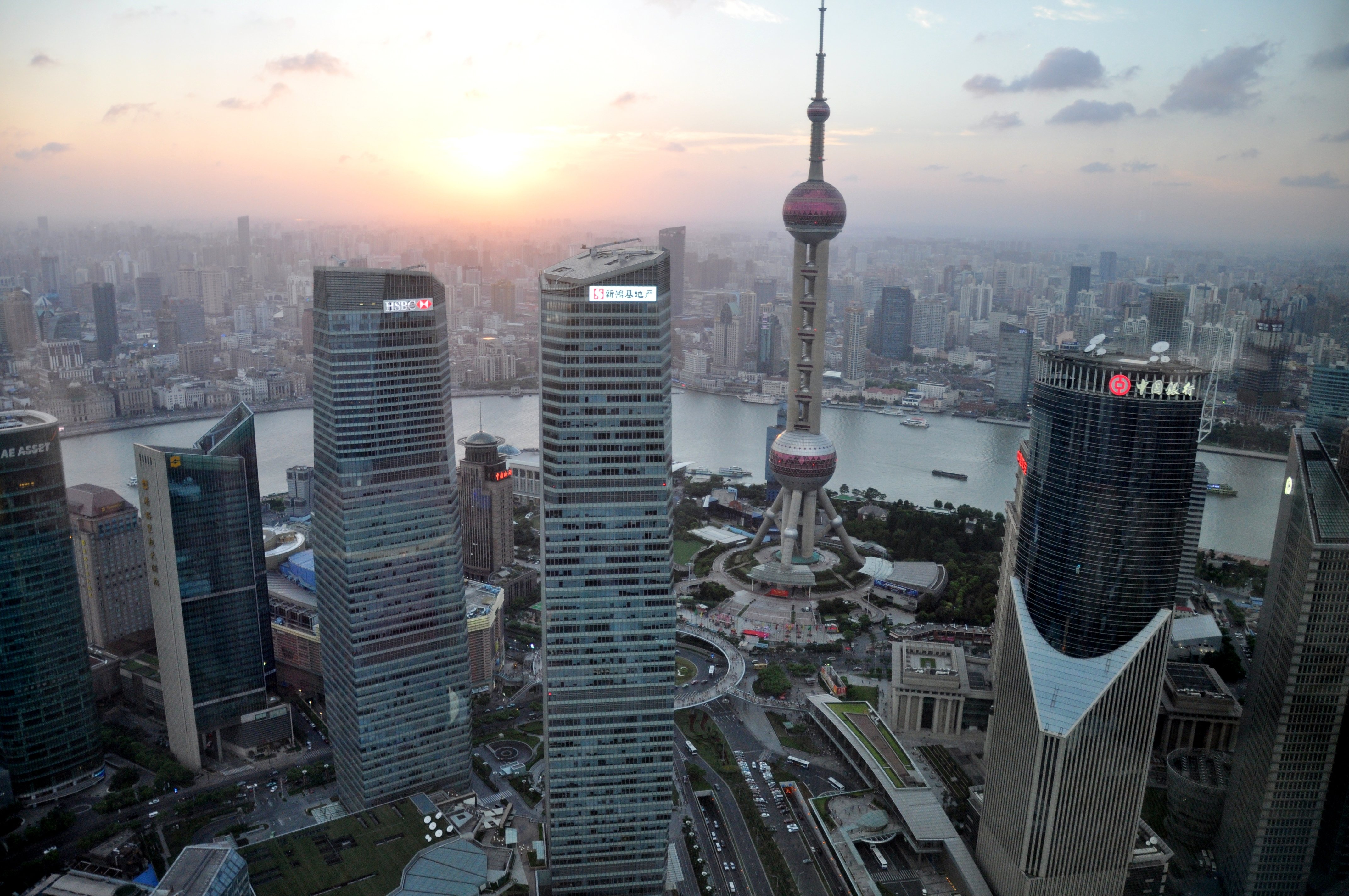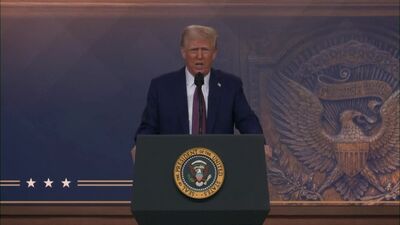
Antitrust and Competition in China: A Complex Landscape in Flux
China’s economic landscape has undergone a remarkable transformation in recent decades, marked by rapid growth and urbanization. However, this growth has also raised concerns about the potential for anti-competitive practices and the need for robust antitrust regulation. This trending news article aims to provide a comprehensive overview of the complexities of antitrust and competition in China, examining various perspectives, data points, and real-life examples to gain a deeper understanding of this evolving landscape.
Historical Context and Regulatory Framework
China’s antitrust laws have their roots in the Anti-Unfair Competition Law (AUCL) enacted in 1993. Since then, the legal framework has been strengthened with the introduction of the Monopoly Regulation Law (MRL) in 2008 and the amendment of the AUCL in 2019. These laws prohibit monopolies, cartels, and other anti-competitive practices, and establish the State Administration for Market Regulation (SAMR) as the primary enforcement authority.
Key Challenges and Perspectives
Despite the existence of antitrust laws, China faces several challenges in promoting effective competition. One significant issue is the dominance of state-owned enterprises (SOEs) in key industries, such as energy, telecommunications, and banking. The close relationship between the government and SOEs has raised concerns about the potential for preferential treatment and barriers to entry for private companies.
Another challenge is the rapid development of the digital economy in China. E-commerce platforms, such as Alibaba and Tencent, have grown exponentially in recent years, amassing significant market power. Their dominance in online retail, social media, and other sectors has raised antitrust concerns, particularly in relation to data collection, user privacy, and market access.
Different perspectives exist on the issue of antitrust and competition in China. Some commentators argue that the government needs to take a more proactive approach in enforcing antitrust laws and promoting competition, particularly in sectors dominated by SOEs. Others contend that the government should prioritize economic growth and innovation and adopt a more lenient approach towards mergers and acquisitions.
Enforcement Actions and Case Studies
In recent years, SAMR has stepped up its antitrust enforcement efforts, investigating and punishing companies for anti-competitive practices. Notable cases include:
- Alibaba fined $2.8 billion for monopolistic practices in 2021
- Tencent ordered to divest its exclusive music licensing rights in 2021
- Meituan punished for abusing its dominant position in online food delivery in 2022
These actions have demonstrated the government’s commitment to promoting competition in the digital economy and sending a strong signal to companies that anti-competitive behavior will not be tolerated.
International Perspectives and Implications
China’s antitrust and competition landscape is also influenced by international perspectives and developments. The United States and the European Union have long been advocates for strong antitrust enforcement and have criticized China’s practices in certain sectors, including technology and pharmaceuticals. China has, in turn, defended its antitrust regime and argued that it is tailored to its unique economic conditions.
The ongoing trade tensions between China, the US, and the EU have also had an impact on antitrust enforcement. Governments have used antitrust investigations and sanctions as leverage in trade negotiations, raising concerns about the politicization of competition law.
Conclusion: Balancing Economic Growth and Competition
The complexities of antitrust and competition in China reflect the country’s dynamic and evolving economic landscape. While the government has made progress in establishing antitrust laws and enforcement mechanisms, challenges remain in ensuring effective competition, particularly in sectors dominated by SOEs and the digital economy. Balancing economic growth, innovation, and fair competition will require a multifaceted approach, involving both regulatory enforcement and structural reforms.
The international dimension of antitrust and competition is also significant, with differing perspectives and geopolitical tensions shaping the enforcement landscape. As China’s economy continues to grow and integrate with the global market, striking a balance between national interests and international cooperation will be crucial in fostering a competitive and innovative economic environment.




